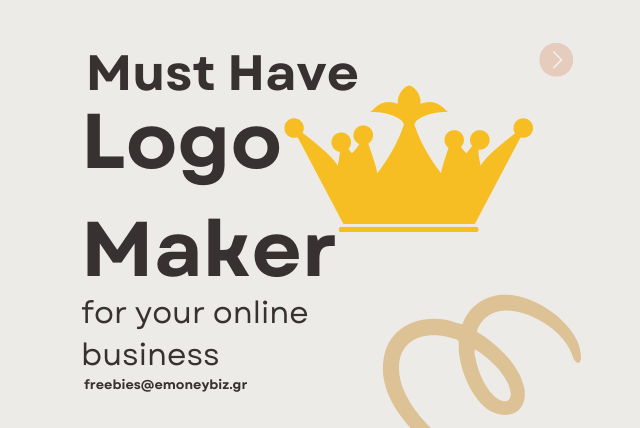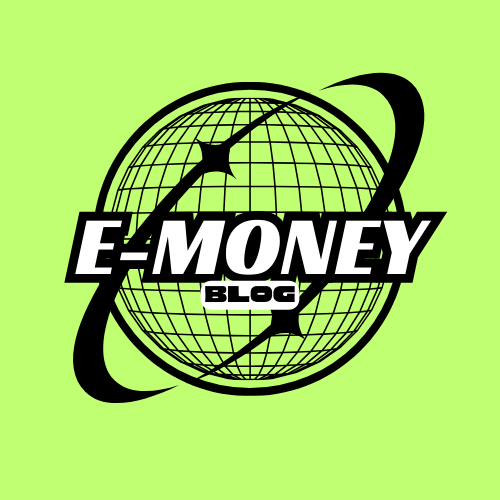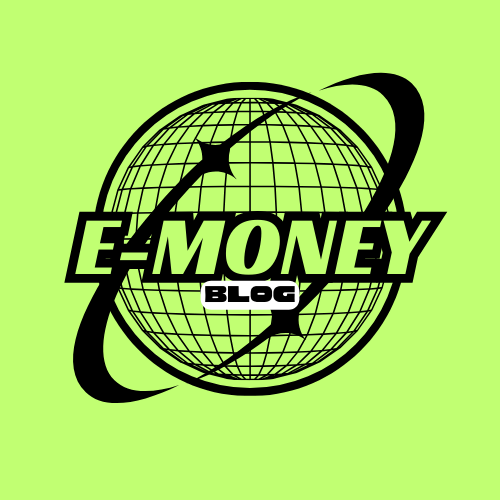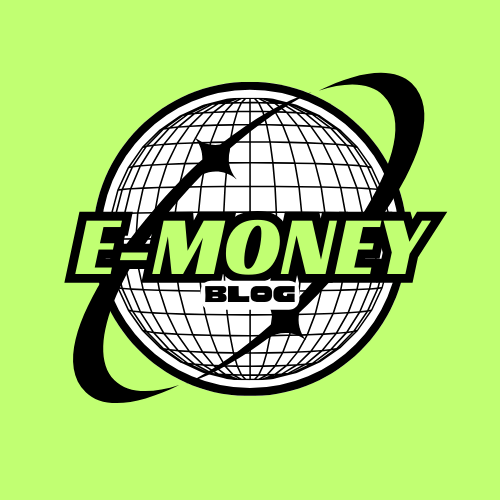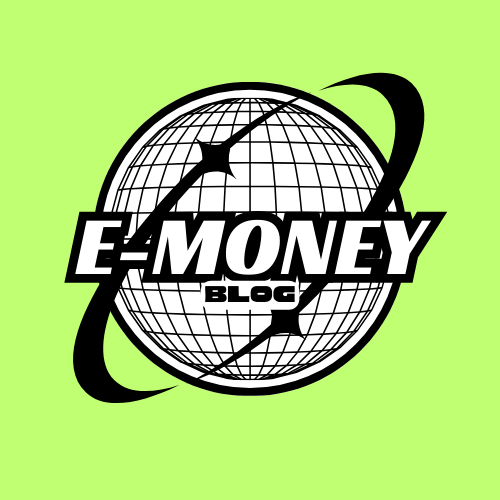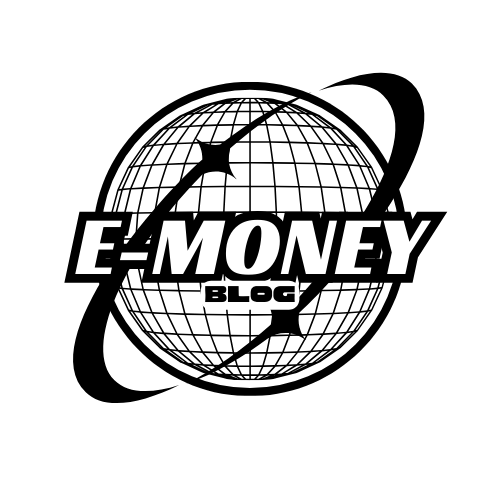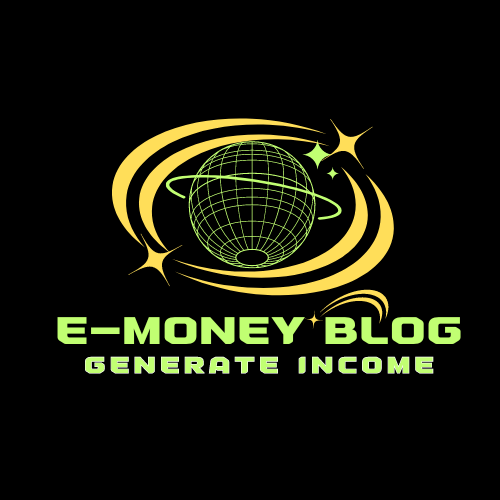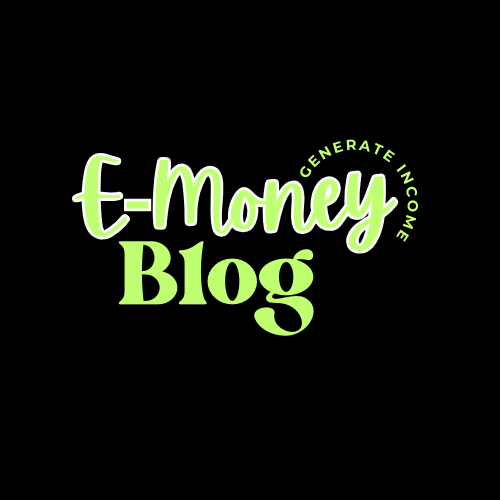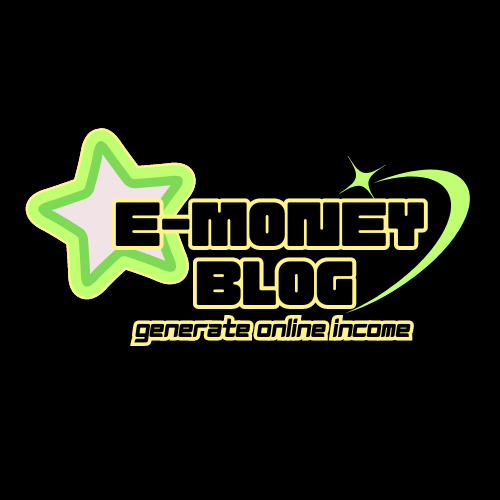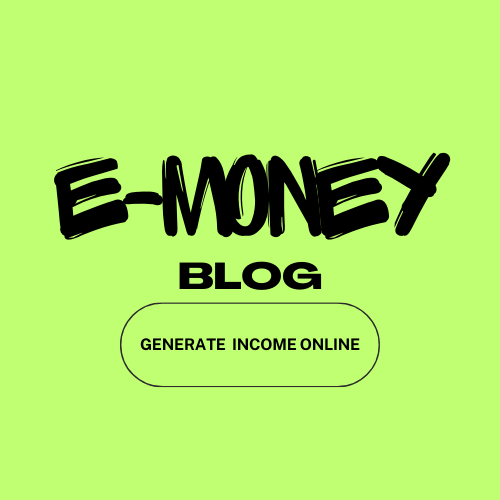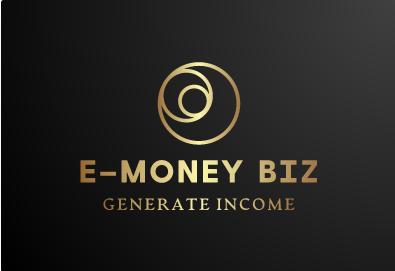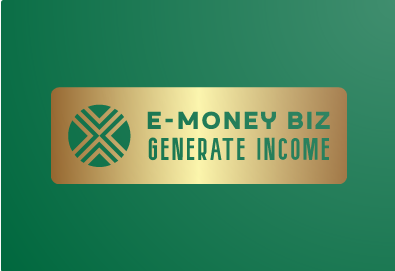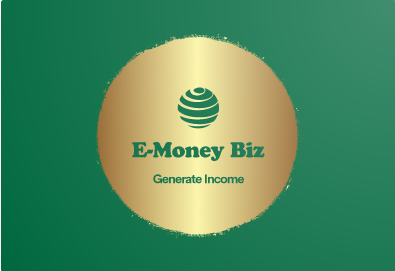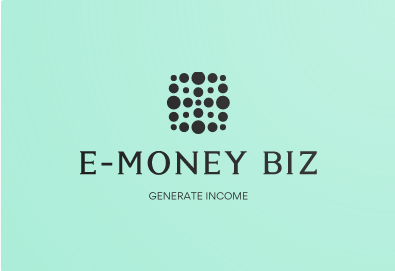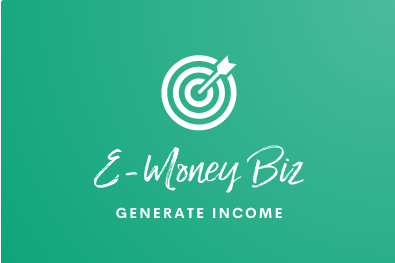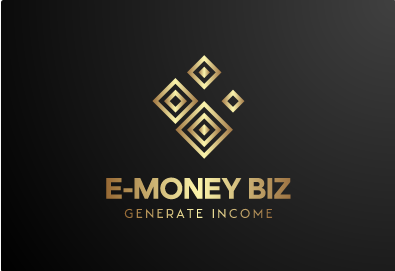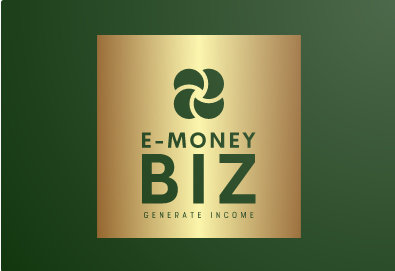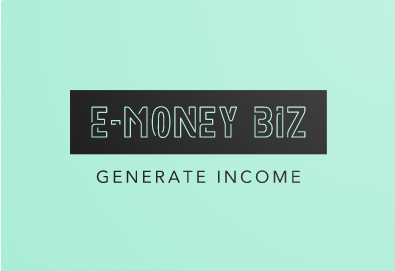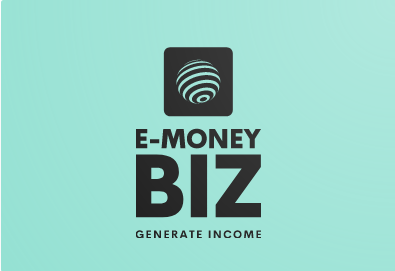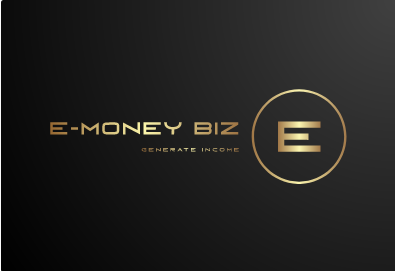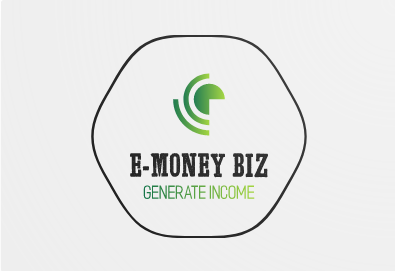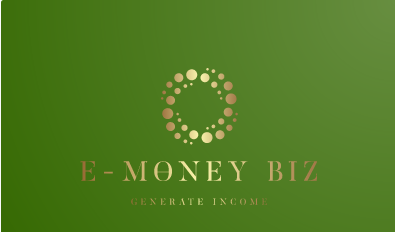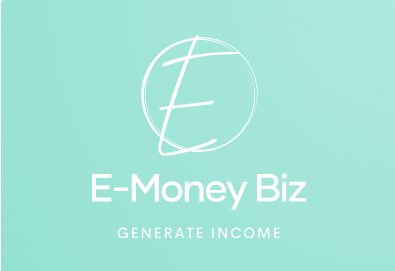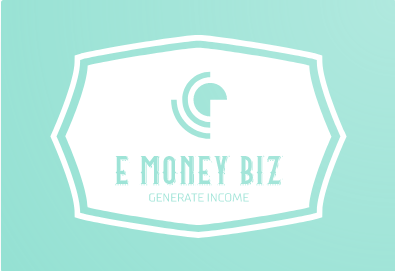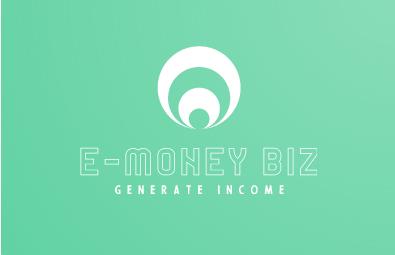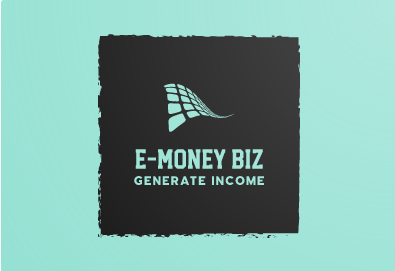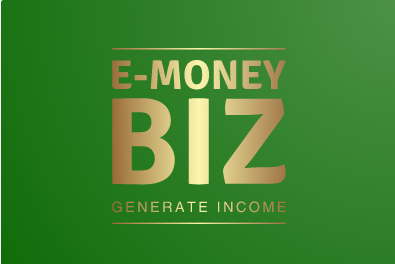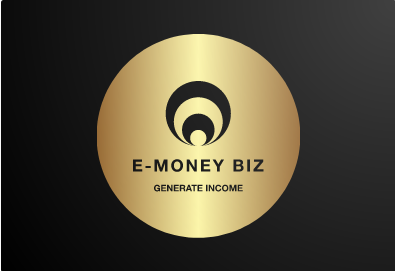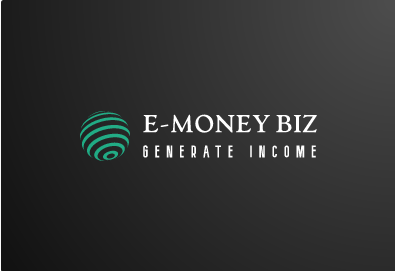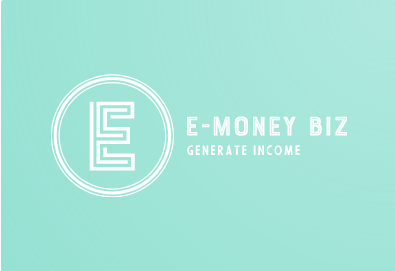The theory behind crafting an effective logo is to create a simple, memorable, and relevant image to represent your PTC Downline Builder website. Whatever type of image (watermark, lettermark, emblem, symbol, abstract or clip art) you choose for a logo, it should fulfill the following criteria. The logo should be visually appealing, easy to recognize, and communicate in a single glance the expertise your PTC downline builder is promoting online.
The word logo is derived from the Greek word "logos" which means "logic". Logic involves two basic methods of reasoning. Induction involves a line of reasoning from a specific premise to a general conclusion, while deduction involves a line of reasoning from a general premise to a specific conclusion. Either way of reasoning reinforces the key point that 'logic' involves the act of reasoning, and it appeals to our sense of human reasoning. And in a nutshell, a logo appeals to the target audiences' sense of reasoning to induce or deduce a clear connection between the logo and the website.
The logo represents the expertise (PTC niche)and brands (PTC programs). It is both a symbol of recognition and identification. The target audiences identify the designated logo with the dedicated website. And this is why the logo is visual marketing strategy used to brand your website for its expertise and guide target audiences to easily identify your brand of expertise.
While a logo functions as a visual cue for target audiences to recognize your website and identify with your expertise; a logo functions as a textual cue for search engine recognition and relevance. The image file for the logo should use key words or phrases that represent the expertise (niche) and brands (PTC programs). The use of keywords in the image URL and image alt description of the logo reinforce the relevance of the site.
The Role of Logo in SEO: A Visual Anchor
A successful logo is concisely labeled to be search engine-friendly and well-designed to enhance user experience. And these two criteria mutually work together to improve the SEO performance of your website. To paraphrase, the image URL and alt description of the logo should include relevant keywords. This fulfills search engine protocols to boost visibility in search engine result pages. And this attractive logo becomes a mark of professionalism and excellence, and communicates to target audiences that your site offers valuable information or expertise that is worthy of further exploration. In other words, the logo should be designed to evoke a higher click through rate. It is the increased activity and circulation of your website through the boost of click through rate which is indexed by search engine bots.
The algorithmic logic or reasoning of search engine bots is to interpret that your website is a popular source for useful and relevant information. Subsequently, it achieves a better reputation and credibility. These two elements of reputation and credibility determine the search engine Authority, or score assigned to your website. The score determines the rank of your website in search engine page results and the amount of organic traffic that search engine bots redirect to your website.
Your PTC logo is a visual anchor for your target audience and search engine bots in yet another way. The logo is oftentimes used to create the favicon (or favorite icon located in the browser and bookmarks next to your website title); the favicon is another search engine optimization protocol. You must have a favicon to represent your website in the browser and for bookmarking your site. The favicon is also a mark of professionalism and high quality. It too serves to reinforce the identity of your website and enhance the user experience. And it also serves to reinforce the relevancy and recognition of your site by search engine bots. In this respect the logo serves as a visual anchor to cue both people and bots about your website's online presence.
It helps to understand that search engine optimization protocols are designed to reinforce each other. For example, much in the same way the balance of internal and external links (which is a search engine optimization protocol) in a blog post enhance the user experience by evoking them to explore related blog posts and it adds to the relevancy and credibility of the blog post by including external links to resources to elaborate about relevant information, to provide new information, or to include the expertise of authority figures to validate your research; so do the logo and favicon enhance the user experience and reinforce relevancy, credibility, and quality for search engine bots.
Similarly, much in the same way the mixed balance of external and internal links in a blog post increase user-generated traffic (target audiences reading related blog posts within your website); so does the increased click-through activity of target audiences that is generated by the favicon (which is also a search engine optimization protocol) which is a visual anchor for bookmarking sites, and its inherent design (colorful, simple, memorable, trademark or brand for your website) stimulates or evokes a desired action which is to click through to explore what this website is all about.
SEO Optimization: Maximizing Impact through Logo, Slogan, and Favicon Alignment
It is this trio of logo, slogan and favicon that interactively function to improve the SEO performance of your website. A slogan is often aligned with the logo in order to reinforce your brand message. To clarify, the brand message is the niche of your website, or it is the expertise that you're promoting online. And just like the image URLs and image alt descriptions of the logo and favicon; the slogan should also be keyword optimized. The slogan is a concise and short brand message that accompanies the logo. It should be easy to remember and relevant to the identity of your website.
In short, the slogan works in conjunction with the logo; and the logo works in conjunction with the favicon; and all three trigger search engines to recognize and target audiences to identify your website. This unique combo of logo, slogan, and favicon distinguishes your website among the competition of similar niche websites. It is this trio that sets you apart from the competition and increase brand recognition for search engines and target audiences alike.
Aligning a Slogan with Your Logo Amplifies Your Brand Message
The slogan is a concise and short message to reinforce and amplify the logo. It too should be easy to remember and contribute to the identity and relevance of your website. In short, the slogan in conjunction with the logo, and the logo in conjunction with the favicon serve as triggers to help search engines and people recognize and differentiate your website from competitors. These features showcase your site among the population of sites in the online marketplace. They serve to visually communicate the purpose or mission of your website (the brand message, the niche, the area of expertise, the products and services); and they help build a connection with your target audience.
To clarify this connection may be one of bookmarking your site for future reference (PTC programs) , useful information (PTC advice), brand recognition (PTC niche including Get Paid to, Paid to Promote, Traffic Exchange, Surf Sites, Ad Sites , Multi-Level Marketing Networks or MLM, and so forth), and identification (logo, slogan, and favicon represent your trademark).
In essence, this trio of unassuming features that are overlooked and taken for granted as elements of decor rather than elements to boost SEO optimization; these features represent your website' credentials in the online marketplace. And this explains why, a favicon is one among many standard search engine optimization protocols.

A closer analysis of this emoneybiz.gr educational blog will hopefully clarify the intricate interworking of logo-slogan-favicon. By explaining the 'reasoning' or 'logic' and providing examples; you can understand how easy it is to create content to optimize for SEO performance and brand recognition. EMoneyBiz is my PTC Downline Builder website and it is also an educational blog about PTC which is a sub-category within the main website of emoney.blog (under construction which is my official e-money educational blog.
In the example of emoneybiz.gr the slogan is 'work at home'. The slogan amplifies the brand message about 'how to work at home in PTC to earn money'. The brand messages are about PTC and the website represents my PTC version of a downline builder. I use the term version because a downline builder can simplified to include solely a portfolio of sites and faucets; or it can be more complex to include blog posts, affiliate marketing (selling third party products and services), paid advertising (or in my example of using free advertising to build high quality backlinks and network with a community of PTC webmasters and target audiences).
The logo symbol for emoneybiz.gr is a 'ribbon' which associates with grand openings, announcements, awards, prizes, competitions. It is an unassuming symbol that derives its meaning from the context (the brand messaging about PTC programs, tips, advice, strategies, recommendations, and freebies). The goal is to target audiences that want to find simple work to do at home and earn some extra money. The key brand message which is the reason for using the ribbon is to announce a new way to work at home in PTC which is simply to apply affiliate marketing strategies to promote their PTC 'favorite' program to click less and earn more by maximizing their earning potential from referral commissions. The money earned in this way is considerably more than 'extra cash'. It is a 'passive income' which explains how you can work at home in PTC to click less and earn more.
Onward to the main site, emoney.blog uses the symbol of a globe encompassed by circulating vectors to represent the worldwide web of organic traffic; and the logo is aligned with the slogan, 'generate online income.' Once again, the logo is simple, memorable, colorful, and attractive. The key brand message or the mission statement provides the context in which this clip art acquires meaning and importance for the target audiences.
The logo draws attention to the importance of accessing and redirecting organic search engine traffic to generate income streams, and in particularly; to generate passive income streams within the framework of exploring various online opportunities as in affiliate marketing, freelancing, side hustles in social media, recycling4profit as in the arts and crafts startup businesses, and so forth.
The slogan to 'generate online income' aligns with the logo of accessing the internet to find new ways to work at home to generate a second income (and possibly multiple income streams) from the internet. Target audiences connect to this logo on many and various levels of reasoning.
The vectors become symbolic of traffic, worldwide traffic of online income jobs, side hustles, projects, business ventures. The vectors associate the importance of optimization to profit from the free advertising organic traffic provides top billing for your business in the online marketplace. At the very least, the target audiences can make a connection between accessing the worldwide web to generate income.
The vectors represent dynamic energy that correlates to initiative and drive. This is the key ingredient for success and for generating income. A target audience that has initiative and drive (the will power) can explore the internet to find ways to generate money through their online presence (as in social media blogging) and online tasks (as in freelancing, affiliate marketing, and PTC).
The use of a-blog-within-a-blog and the use of sister-sites is my way of experimenting with web design to improve SEO results by integrating SEO into the web design strategy. Linking the two sites creates high quality backlinks. Secondly, the PTC downline builder website (emoneybiz.gr) becomes an internal link in the official e-money blog site (emoney.blog) to boost relevance, recognition, and credibility to both sites.
The play-within-a-play technique is a literary device used in Shakespeare's play Hamlet and in the popular television series The Twilight Zone by Hitchcock. This technique aims to educate and engage viewers by provoking emotional and intellectual contemplation. I have attempted to apply this literary device to web design as a ploy to connect with my target audiences and build my unique brand of expertise about generating e-money income.
How to Create a Strong Brand Identity through Your Logo and Slogan
You need a clear definition of the mission and the target audience. Brainstorm for sketches and slogans after you have a clear definition of the brand message (the mission statement; a single sentence that clearly states the purpose of your website).
Next, you brainstorm and research. You brainstorm by creating sketches and slogans, and you research for example by using Canva which a premium graphics designer platform to discover available resources (symbols, clip art, vectors, graphics and so forth) and explore what's trending for your particular niche or area of expertise.
Canva already has an incredible and huge inventory of ready-made advertising and marketing materials you can customize and optimize. Brainstorming and experimentation are an integral part of the creative process.
Generate the logo and create the slogan, but don't stop there. The logo and slogan are also marketing or sales assets similar to banners and splash pages for promoting a PTC offer. Various version of a banner or splash page, each containing a slight variation, are processed through marketing funnels in advertising so as to determine which version of the given sales asset has the best conversion rate.
I suggest creating various versions of the logo and slogan. Experiment with font, shade and shadow, color scheme, overlay and layout, font style, font size and so forth. And then, preview these variations of a single version for a second opinion or insight. Get a second opinion from a friend or relative. Use their reaction and reasoning as feedback in order to determine the emotional and intellectual impact of your design on target audiences. Or, at the very least set aside these variations and review them at a later date in order to evaluate their potential and impact with a fresh outlook. I used the former rather than the latter method to decide on which version to use for my emoney.blog website. I used Canva to create this logo. Below is a slide show of the various options and versions created.

The Best Choice Awards goes out to this version.
Another option is to use free online logo makers to experiment. Create a professional looking logo using this absolutely FREE online logo maker. Follow the step-by-step process, and then download the logo for personal and commercial use.
Enter a category (advertising and marketing). Select a logo or hit 'SKIP' to move onto the next step (I hit 'skip'). Pick a color (green). Confirm your business name and add a slogan (optional). (I entered E-Money Biz; my slogan is "Generate Income ".) If the slogan is too long, the AI will prompt you to shorten it. Next, pick up to 5 symbols or hit 'skip' (I hit 'skip'.)
The AI generated pages of logos (just following 4-easy steps) from which I can select one (or more than one) to customize. Sign up for a free account (enter an email and password) and download. For the sake of expediency, I took screenshots of logos to upload into the gallery below. I didn't customize or edit any of them.
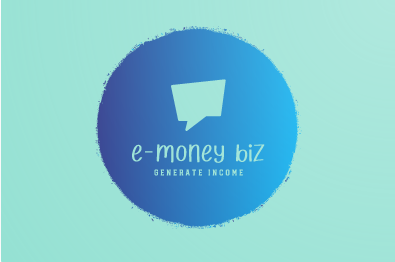
No. 1 in the Top 10 Countdown.
